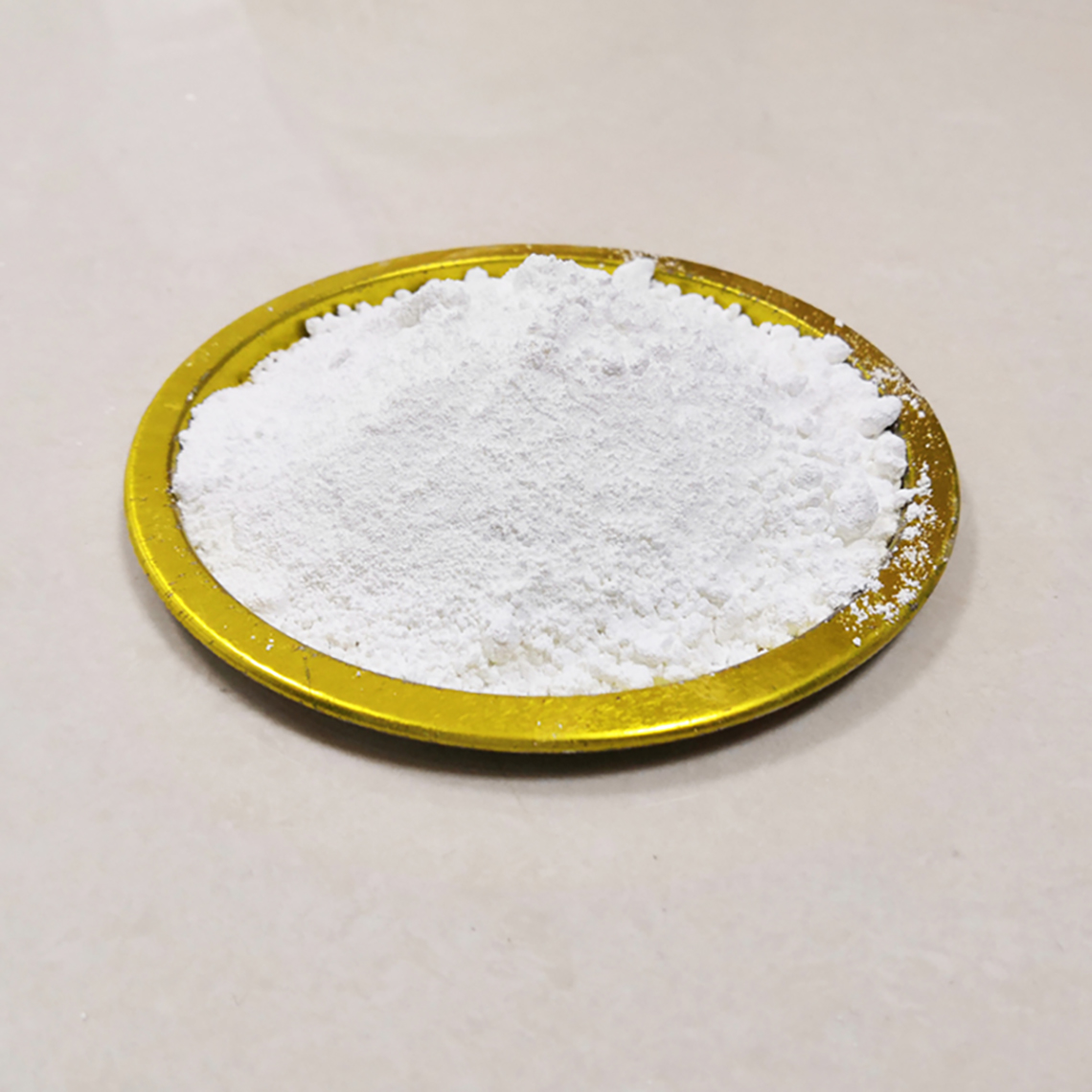
Citric acid anhydrous 99.8% food grade
Trading Port:Qingdao
Lead Time:15-20 working days
Payment Terms:
Contact Supplier
TDD-global
info@toodudu.com
Supplier Information
Titanium dioxide, pigments, fillers, alcohols
Basic Info.
| Items | Specifications |
|---|---|
| Appearance | White or of- white powder or crystlline power,odorless |
| Solubility | At room temperature, citric acid is a white crystalline powder. It can exist either in an anhydrous (water-free) form or as a monohydrate. The anhydrous form crystallizes from hot water, whereas the monohydrate forms when citric acid is crystallized from cold water. The monohydrate can be converted to the anhydrous form by heating it above 74 c. Citric acid also dissolves in absolute (anhydrous) ethanol (76 parts of citric acid per 100 parts of ethanol) at 15 degrees celsius. In chemical structure, citric acid shares the properties of other carboxylic acids. When heated above 175 c, it decomposes through the loss of carbon dioxide and water. |
| Melting Point | 152°C~156°C |
| PSA | 132.13 |
| XLogP3 | -1.7 |
| Appearance | White crystalline powder |
| Density | 1.665 g/cm3 @ Temp: 20 °C |
| Melting Point | 153 °C |
| Boiling Point | 142-143 °C |
| Flash Point | 100ºC |
| Refractive Index | 1.493~1.509 |
| Water Solubility | H2O: 750 g/L (20 ºC) |
| Storage Conditions | Store at RT. |
| Vapor Pressure | |
| Toxicity | LD50 in mice, rats (mmol/kg): 5.0, 4.6 i.p. (Gruber, Halbeisen) |
| Flammability characteristics | 0.28-2.29 KG/CU M (DUST) |
| Explosive limit | vol% in air: 0.28.29 |
| Odor | Odorless |
| Taste | Strongly acidic taste |
| PKA | 2.79None |
Use and manufacturing:
1. Citric acid is a weak organic acid that is known as a commodity chemical, as more than a million tonnes are produced every year by mycological fermentation on an industrial scale using crude sugar solutions, such as molasses and strains of Aspergillus niger. Citric acid is widely distributed in plants and in animal tissues and fluids and exist in greater than grace amounts in variety of fruits and vegetables, most notably in citrus fruits such as lemon and limes. Citric acid is mainly used as an acidifier, flavoring agent and chelating agent.
2. Used in sequestering agents for trace metals; determination of citrate-soluble phosphorus pentoxide.





Send Inquiry
You Might Also Like
-
Food Preservative Calcium Propionate (E282)Negotiable/ton
-
Citric acid anhydrous 99.8% food gradeNegotiable/ton
-
Food Preservative Calcium Propionate Granular (E282)Negotiable/ton
-
Food Grade Sodium Benzoate Granular for Preservative UseNegotiable/ton
-
Food Grade Ethyl Vanillin White powderNegotiable/ton
-
Sodium acetate anhydrous 99% White powderNegotiable/ton
-
Food Ingredient Preservative Nisin Crystal PowderNegotiable/ton
-
Food preservative Natamycin powderNegotiable/ton
-
Food additive Sodium hexametaphosphate high qualityNegotiable/ton
-
Food Grade Potassium Sorbate GranuleNegotiable/ton









